How to make an album on your smartphone
Top the charts on your commute

Making sweet music
Albums have been recorded in all kinds of places. Nine Inch Nails built a studio in the house where Charles Manson's gang murdered five people, Radiohead created the critically-acclaimed OK Computer in Jane Seymour's mansion and the enterprising rapper Prince Harvey recorded his debut in a New York Apple store.
But weirder locations are still to come because now you can make and even release music using your smartphone.
Although smartphones have been able to record audio for years, most people stuck with PCs and Macs for serious music-making. They had the necessary horsepower for multi-track recording and sequencing, high-quality sampling and an array of additional effects.
But mobile phones have caught up quickly. The idea of recording albums on tablets is old hat now and having a big-screened mobile phone means you can take the studio with you wherever you go.
Here's what you need to make a masterpiece on your mobile.
- This article is part of Phone Week, celebrating the best bits about brilliant smartphones and tablets as part of the lead up to the TechRadar Phone Awards. To find out what the iPhone 7 could look like, how a phone could survive in space or how to buy the perfect smartphone for you, bookmark TechRadar's Phone Week hub and check out all the great new features coming throughout the week!
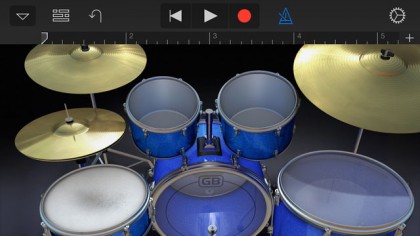
Step 1: Get the right mobile for music
The right mobile will have a big screen, as much storage space as you can afford and an Apple logo on the back. We're not being biased here: the range of music apps and peripherals for iOS devices is astonishing, and while it's perfectly possible to make an album on Android, the choice of apps is a lot smaller.
Of the current collection, the iPhone 6 Plus is the money-no-object choice, but an iPhone 6 running the latest iOS will do just fine too. You may need Apple's Lightning to USB Camera Adapter (or the Camera Connection Kit on iPhones with dock connectors) if the audio kit you want to connect has a USB plug on the end of it.
Recent Android phones are perfectly capable of recording music too, and our pick of the Android crop is the Samsung Galaxy S6, which is enormously powerful thanks to Samsung's new Exynos engine.
More importantly, it supports USB OTG (On The Go), which means you can connect USB audio interfaces to it and they'll work.
Can't afford an S6? Don't worry: just make sure your phone supports USB Host Mode and OTG (Google its model name and "host mode" to check).
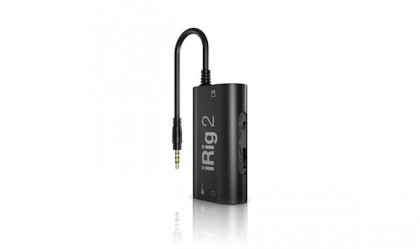
Step 2: Get the right connections
You could use your phone's mic to record audio – Prince Harvey's album is entirely vocal because he was limited to display computers' built-in mics – but if you want use external instruments or just get a better quality voice recording, you'll need an audio interface.
We really like the iTrack Solo, which connects to iOS devices' Lightning ports, and delivers an instrument connection and an XLR mic connector (including power for fancy microphones). We also like the iRig Pre for mics and the iRig 2 for guitars.
Many USB controllers including the Alesis Control Hub USB work, but as they're USB you'll need to connect them via the Camera Connection Kit. The iRig works on Android too, as do stacks of USB audio interfaces.
You aren't limited to vocals or live instruments. MIDI keyboards and triggers, such as Novation's LaunchPad Mini, work happily with music apps on both iOS and Android, either by connecting directly (as the LaunchPad Mini does) or via a USB MIDI interface.
One word of warning: bus-powered devices – that is, devices that rely on the USB or Lightning port for power – can only draw so much juice from mobile devices and may not get enough if they were designed for desktop use. If that's the case, you'll need to stick a mains-powered (or otherwise) USB hub between the audio device and your phone.
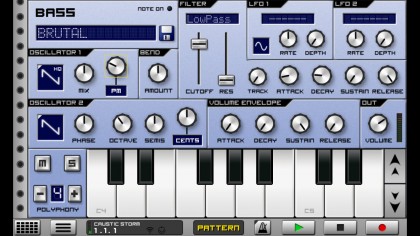
Step 3: Write your masterpiece
Phone apps can be as useful for writing music as for recording it. We've stumbled across countless happy accidents in SoundPrism (iOS) while finding Propellerhead Figure (iOS, Android) to be an absolute hoot and a surprisingly useful creative tool. Native Instruments' iMaschine (iOS) is an excellent audio toy box and SPC Music Drum Pad (Android) is great fun for electronic artists.
We'd also recommend that iOS users mess around with the Smart Instruments in Apple's GarageBand, which can help you discover interesting chord progressions.
One of the most entertaining ways to compose music is with looping, where you take a bit of sound, repeat it and then loop more things on top. Loopy for iPhone would be great value even at £20, but at £2.29 it's ridiculously good value for money. On Android, would-be loopers should head for LoopStack or the sample-tastic Caustic 3, which is free to try and just £5.99 to unlock completely.
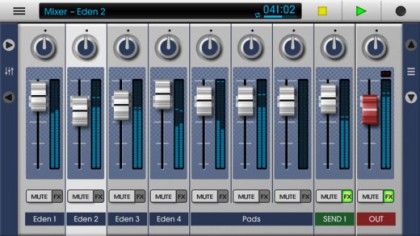
Step 4: Record your songs
iOS users are particularly blessed here: there are stacks of really good recording and production apps available from some of the music world's biggest names.
We'd recommend starting with something simple, though. While it's limited in what it can do, Apple's £3.99 GarageBand is really easy to use and includes inter-app audio so that you can record compatible sounds from music apps into your GarageBand project.
While many big-name multitrack apps are iPad-only, there are still some gems for iPhone owners. At just £9.99, NanoStudio is a steal: it can handle six MIDI tracks (16 if you buy an in-app purchase) and includes a great synth and drum machine.
Intua's BeatMaker 2 (£13.99) is worth a look, as its drum machine and synth are supplemented with multitrack recording, and Xewton Music Studio (£10.49) has excellent multitracking and import/export options. It's a shame that many of the instruments are in-app purchases, but that's the downside of ultra-low App Store pricing.
On Android, the king of music apps is Audio Evolution Music Studio, which can import almost anything, record and play back multitrack audio, sequence MIDI (if you pay for the in-app purchase) and achieve many of the same editing tricks as a desktop app.
Once again, the in-app purchasing isn't ideal, but with a sticker price of £4.49 you can't really complain if the developers want to make a little more cash for making a genuinely useful music production tool.
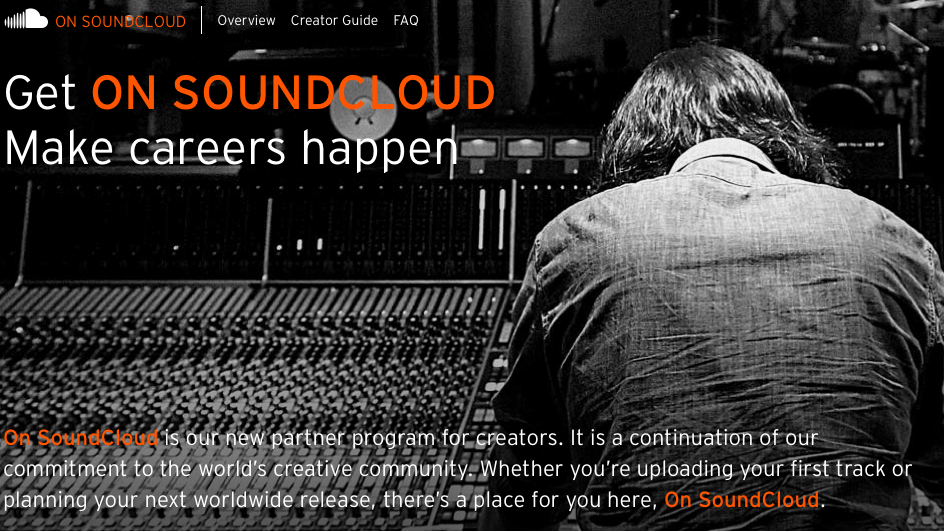
Step 5: Wow the world
There's no point in creating a masterpiece if nobody gets to hear it. In a digital age, making your music available to stream means potentially reaching a lot of people.
The number one song streamer is SoundCloud, which is widely supported by music apps (including GarageBand). You can't make money from SoundCloud, however, so it's worth exporting your songs to a PC or Mac and uploading to Bandcamp.com, where you can charge real cash money.
The new streamer in town is, of course, Apple Music, whose Connect feature enables you to communicate with fans. It doesn't sell your music in iTunes – for that you'll need to go via a third party such as CDBaby – but you can use it to plug other online things or upload tracks. It's iOS-only so if you're an Android user you'll need to blag or borrow an iPhone or iPad.
- Do you have a favourite music app or add-on that we've missed? Let us know in the comments!

Writer, broadcaster, musician and kitchen gadget obsessive Carrie Marshall has been writing about tech since 1998, contributing sage advice and odd opinions to all kinds of magazines and websites as well as writing more than a dozen books. Her memoir, Carrie Kills A Man, is on sale now and her next book, about pop music, is out in 2025. She is the singer in Glaswegian rock band Unquiet Mind.